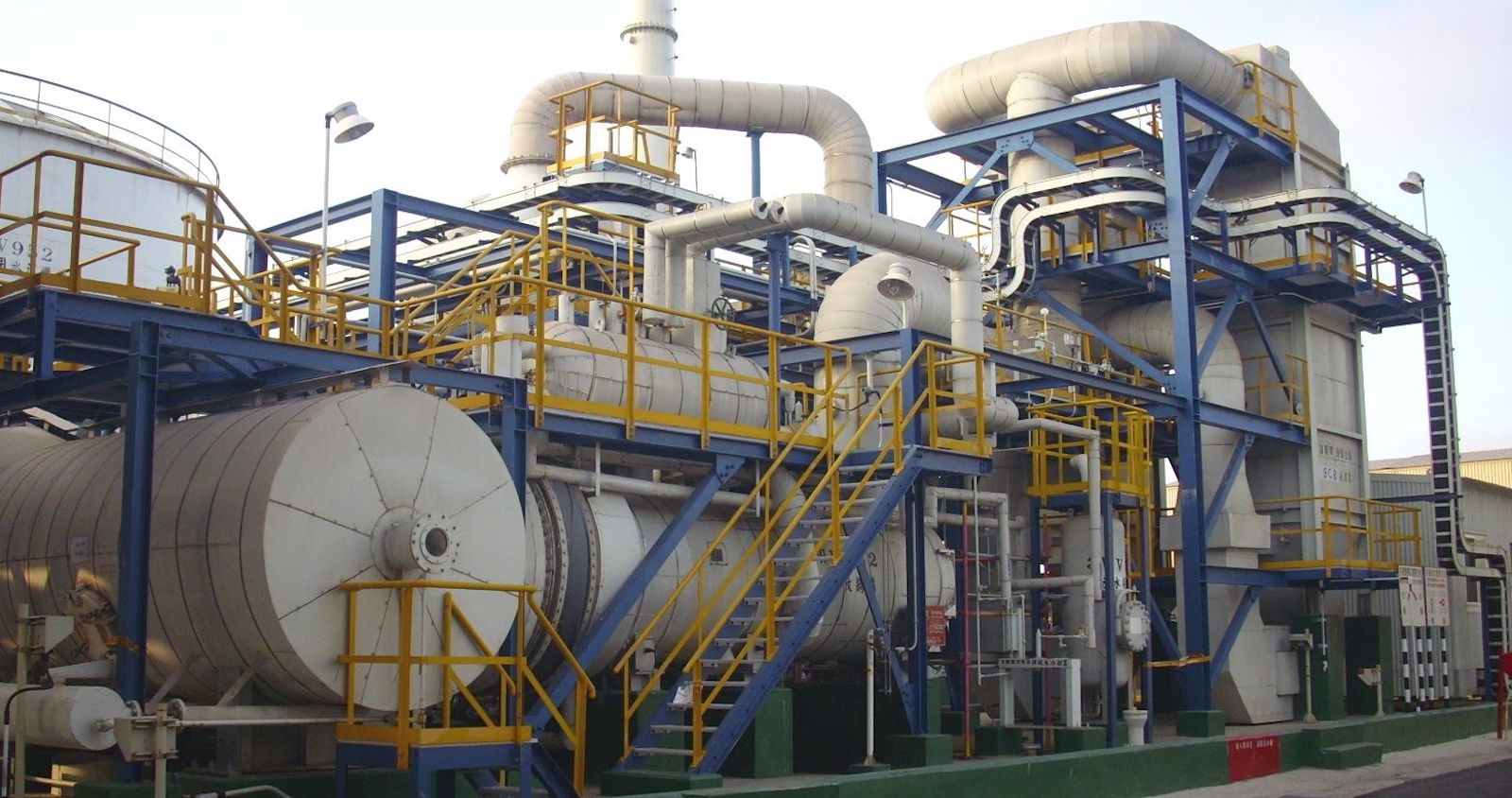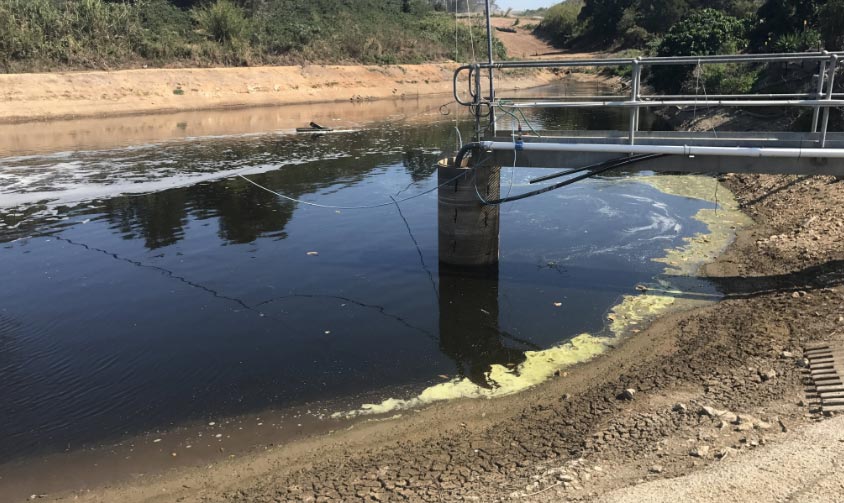Specialist Liquid Waste Removal Melbourne: Maintaining Your Atmosphere Clean
Wiki Article
How Liquid Waste Disposal Works: A Comprehensive Summary of Methods and Technologies Employed

Summary of Fluid Waste Kind
The complexity of fluid waste kinds necessitates a complete understanding of their features and ramifications for disposal. Liquid waste can broadly be categorized right into numerous types, consisting of industrial, local, farming, and unsafe waste. Each category exhibits unique buildings, calling for details administration strategies to minimize environmental and wellness risks.
Industrial fluid waste stems from producing processes and typically includes an array of pollutants, such as heavy metals, solvents, and organic substances. Metropolitan liquid waste, mainly comprising wastewater from homes and business establishments, includes natural issue, nutrients, and pathogens (industrial wastewater treatment). Agricultural liquid waste, consisting of drainage from farms, may include fertilizers, pesticides, and animal waste, posing dangers to water quality and ecological communities
Unsafe liquid waste is characterized by its toxicity, sensitivity, or potential to create injury. This classification includes substances like acids, bases, and specific chemicals that require stringent handling and disposal procedures. Understanding these varied liquid waste kinds is important for developing effective disposal methods and making sure conformity with environmental laws. Proper category and characterization are important for executing proper treatment methods and lessening the negative effects on public wellness and the environment.
Physical Therapy Techniques

Screening is the preliminary step, where bigger particles and debris are eliminated from the liquid waste making use of screens or grates. This process shields downstream tools from damages and guarantees smoother operation. Complying with screening, sedimentation makes use of gravitational pressure to different solids from liquids. In sedimentation tanks, larger bits resolve near the bottom, creating a sludge layer, while the clarified liquid can be further dealt with.
Purification is another vital technique that involves passing the fluid through porous products, such as sand or membranes, to catch smaller bits. This action boosts the top quality of the liquid, making it ideal for succeeding treatment processes.

Chemical Therapy Strategies
Chemical treatment strategies are necessary for effectively managing fluid waste, specifically in attending to liquified and colloidal pollutants that physical methods might not appropriately remove. These strategies use various chemical agents to neutralize, precipitate, or transform unsafe compounds right into much less hazardous forms.One usual method is coagulation and flocculation, where chemicals such as alum or ferric chloride are included in promote the gathering of put on hold fragments. This procedure boosts sedimentation, permitting less complicated elimination of the resulting sludge. In addition, oxidation procedures, utilizing representatives like chlorine or ozone, are article employed to break down complex organic compounds and virus, making the waste much safer for discharge or additional therapy.
Neutralization is another vital technique, which changes the pH of acidic or alkaline waste streams to neutral degrees, stopping potential damage to downstream systems and the environment. Furthermore, progressed oxidation procedures (AOPs) utilize combinations of oxidants and ultraviolet light to break down relentless pollutants, attaining a higher degree of treatment performance.
Biological Treatment Procedures
Biological treatment processes play an essential role in the monitoring of liquid waste by utilizing bacteria to decay raw material and lower contaminant degrees. These procedures can be extensively categorized into aerobic and anaerobic treatments, each employing particular microbial neighborhoods to accomplish reliable waste destruction.Aerobic treatment involves using oxygen to assist in the break down of natural materials by microorganisms. This procedure is generally executed in triggered sludge systems, where oygenation storage tanks provide a favorable setting for microbial growth, bring about the oxidation of natural pollutants. The my company resultant biomass can be divided from dealt with effluent through sedimentation.
In comparison, anaerobic treatment takes place in the absence of oxygen, relying on different bacteria to break down natural issue. This method is especially helpful for high-strength waste, as it produces biogas, a renewable resource resource, while lowering sludge manufacturing. Technologies such as anaerobic digesters are frequently employed in metropolitan and commercial applications.
Both anaerobic and aerobic biological therapies not only minimize the ecological impact of fluid waste however additionally facilitate source healing, making them important components of lasting waste administration techniques. Their versatility, effectiveness, and performance support their extensive application across different sectors.
Emerging Technologies in Disposal
Innovative methods to fluid garbage disposal are quickly advancing, driven by innovations in technology and a boosting emphasis on sustainability. Amongst these emerging modern technologies, membrane layer bioreactors (MBRs) have gotten grip for their ability to combine biological therapy with membrane filtration, leading to premium effluent that can be reused in different applications. MBRs allow smaller footprints and extra effective procedures compared to traditional systems.One more promising advancement is making use of anaerobic digestion incorporated with nutrient healing innovations, which not only deals with fluid waste however also creates biogas and recovers beneficial nutrients like nitrogen and phosphorus. This dual benefit improves resource effectiveness and reduces environmental effect.
Furthermore, advanced oxidation processes (AOPs) are being taken on for the degradation of intricate organic Going Here pollutants. These methods utilize effective oxidants and drivers to break down pollutants at the molecular degree, using a highly reliable service for challenging waste streams.
Moreover, the combination of artificial knowledge and equipment discovering in waste monitoring systems is enhancing functional effectiveness and predictive maintenance, bring about minimized prices and boosted ecological compliance. These innovations reflect a significant shift in the direction of even more lasting and efficient liquid waste disposal practices.
Conclusion
In conclusion, reliable fluid waste disposal necessitates an extensive understanding of different techniques and innovations. By continuously advancing these methods, it ends up being possible to deal with the growing obstacles linked with liquid waste, inevitably contributing to ecological protection and resource recuperation.Fluid waste disposal is a crucial element of ecological management, calling for a comprehensive understanding of different strategies and innovations customized to various waste types. Fluid waste can extensively be classified right into a number of types, consisting of commercial, community, agricultural, and dangerous waste. Agricultural fluid waste, consisting of overflow from ranches, may have plant foods, chemicals, and pet waste, posturing risks to water top quality and ecological communities.
Different physical therapy methods play a critical duty in taking care of fluid waste efficiently - industrial wastewater treatment.In conclusion, reliable fluid waste disposal demands a thorough understanding of different methods and innovations
Report this wiki page